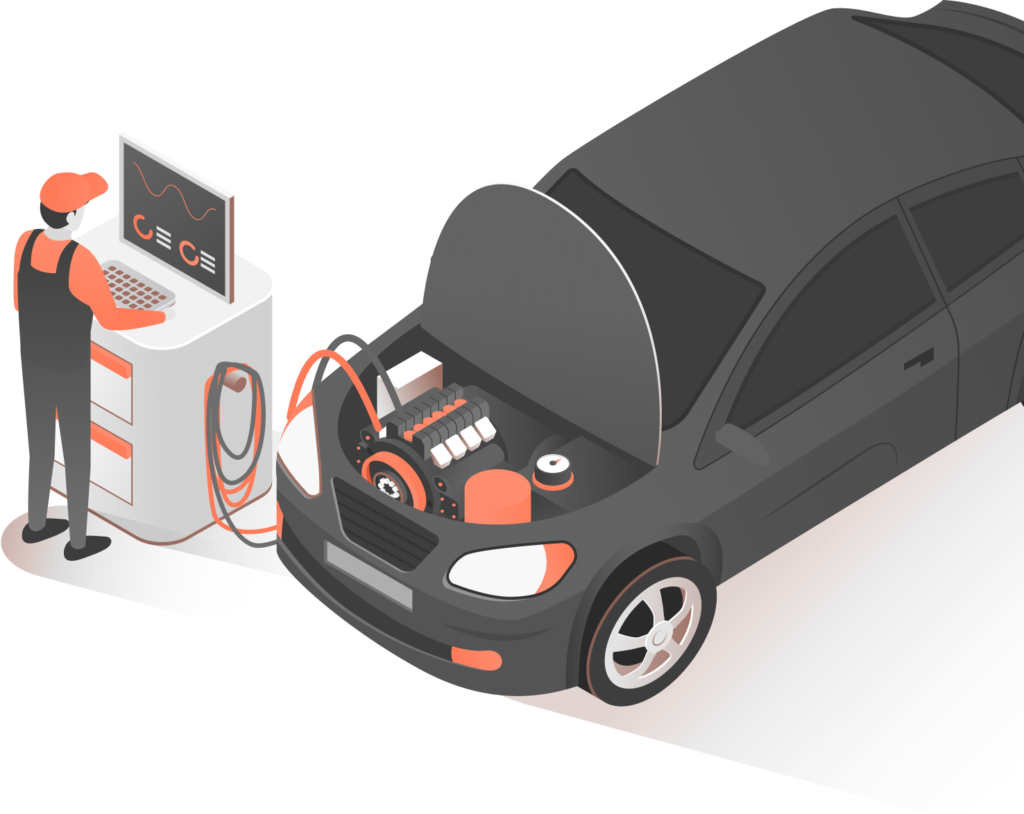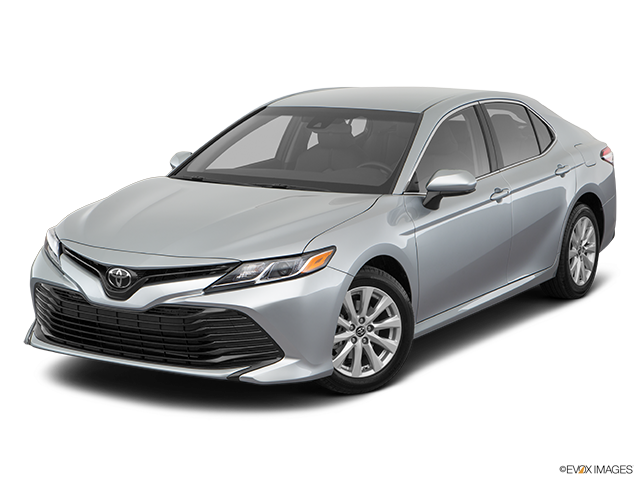A brake line is a thin tube leading from the master cylinder to the calipers in the brake system of your vehicle. The brake lines are filled with fluid used to exert hydraulic pressure to force the brake pads to squeeze against the rotors in order to slow and stop your vehicle.
Your brake system is made up of many components. A hydraulic pump (the master cylinder) responds to force applied to the brake pedal and pushes against the fluid contained in the brake lines. That force is felt on the other end by a clamping mechanism (the brake caliper) that holds a pair of brake shoes along the sides of a spinning metal disc (the rotor) attached to each wheel. Thermal energy generated by the friction of the brake pads against the spinning rotors causes your vehicle to slow and stop.
Depending on their location, brake lines are made of metal or of rubber, the latter often referred to as brake hoses.
Brake line replacement procedures can differ considerably depending on where in the brake system they are located and from one vehicle to another. For instance, replacing a rubber brake hose that leads to a caliper presents a simpler repair than replacing a stainless steel brake line running behind the engine and along your vehicle’s underbody.
Some brake lines include complex bends to snake their way around other vehicle components. Some require removal of other components for access. Special flaring tools are required when a technician needs to fabricate connections at the ends. One step that all brake line replacements have in common, however, is that the brake system must be bled of air once it has been opened up.
To replace a brake line, a technician will take the following general steps:






This is demo Question
This is demo Answer

